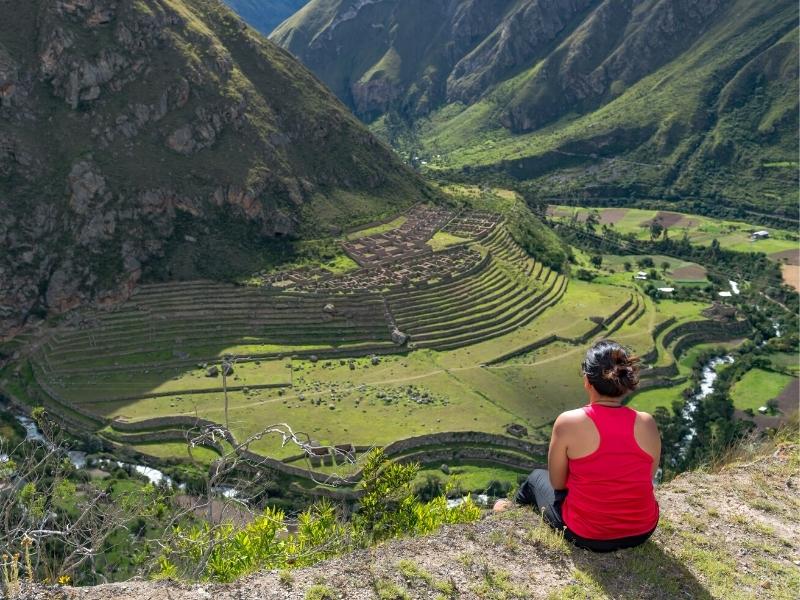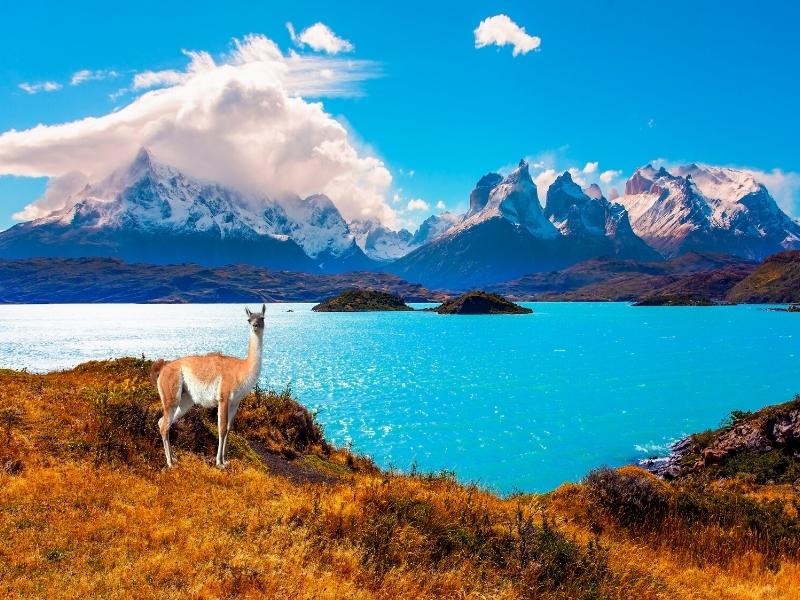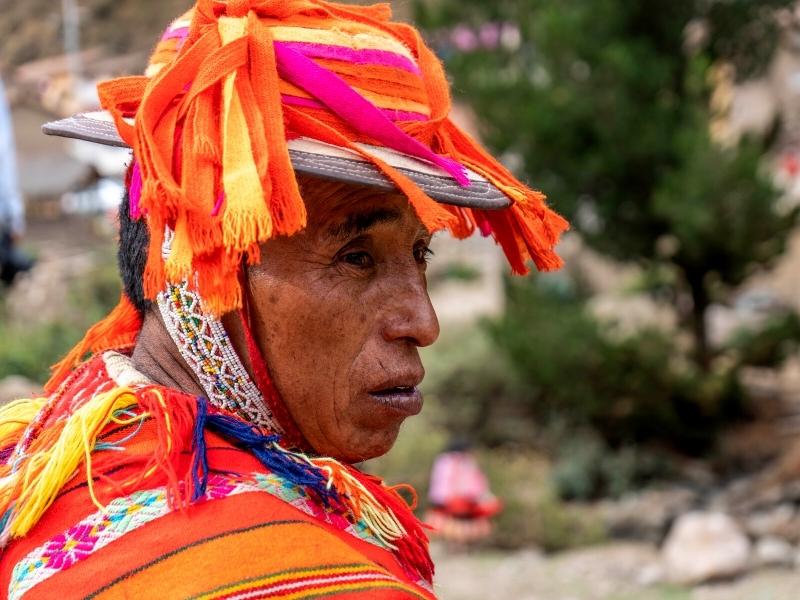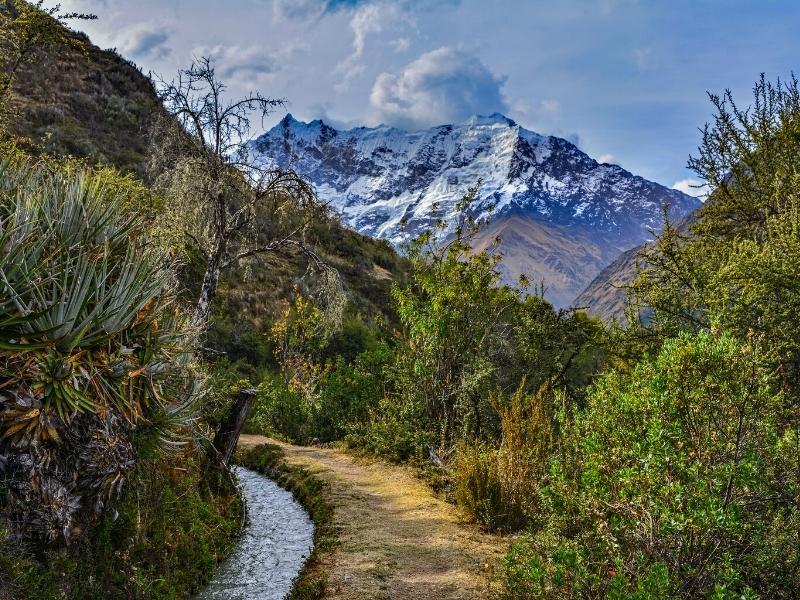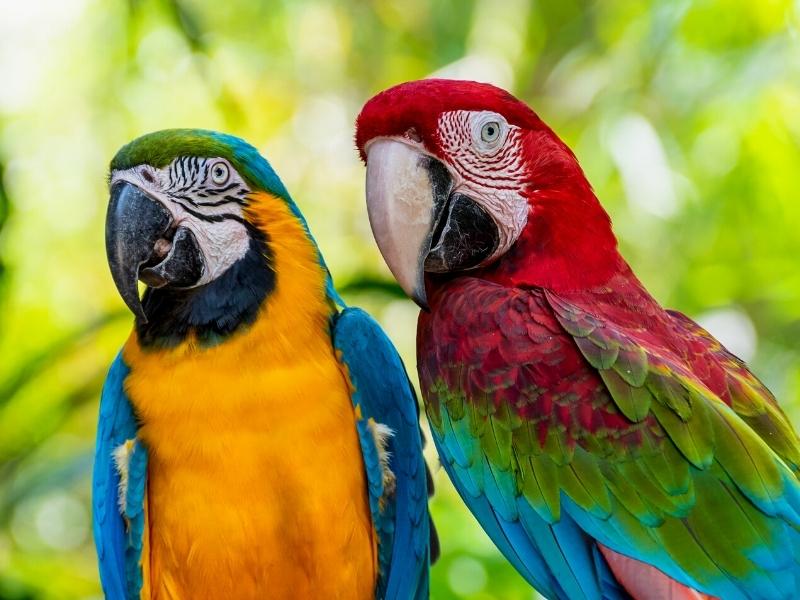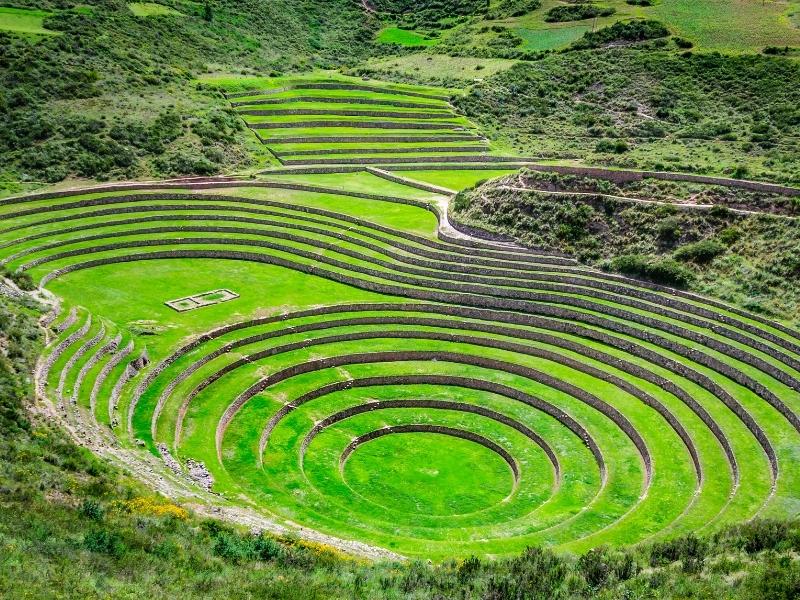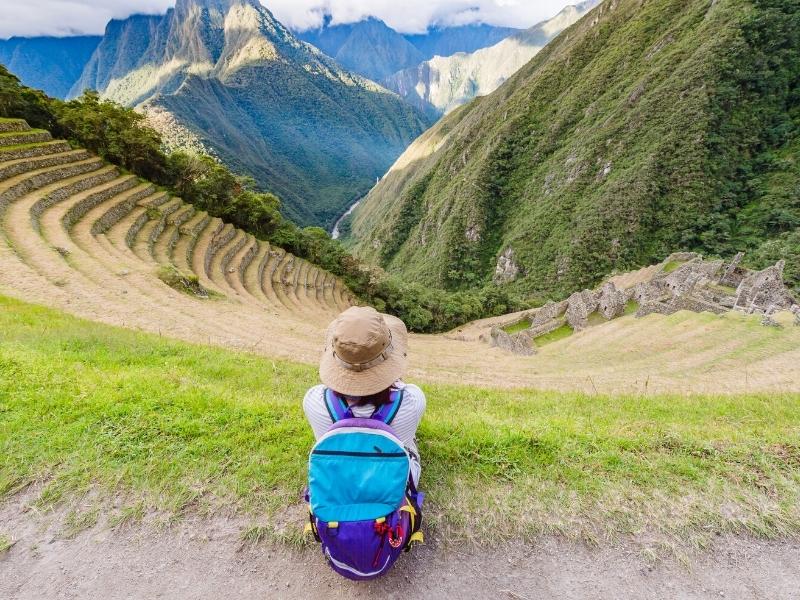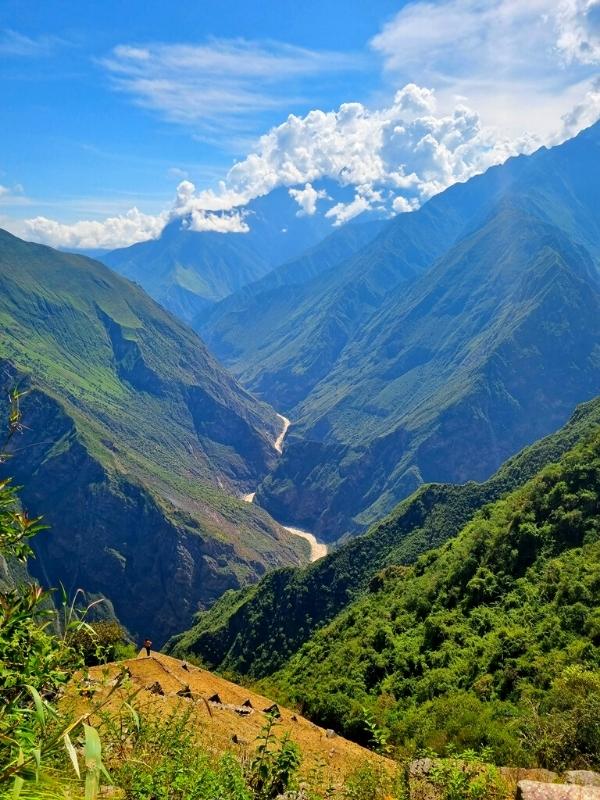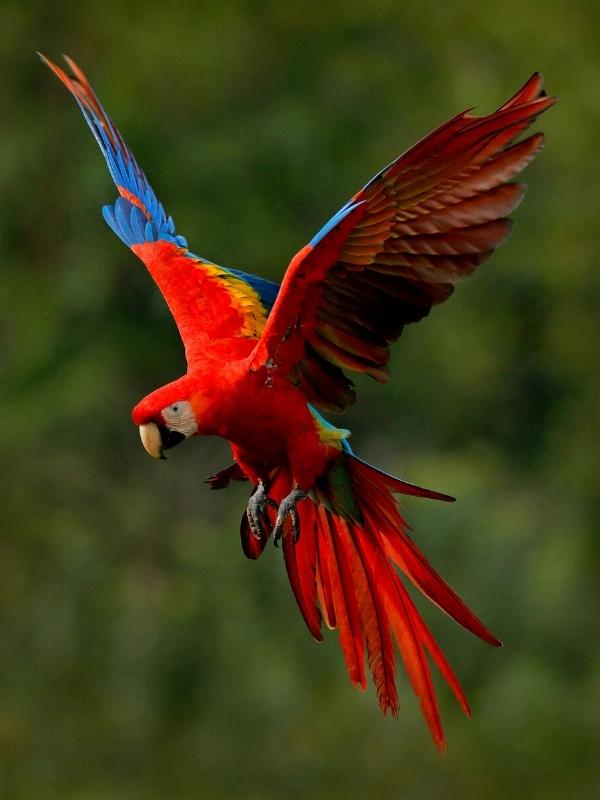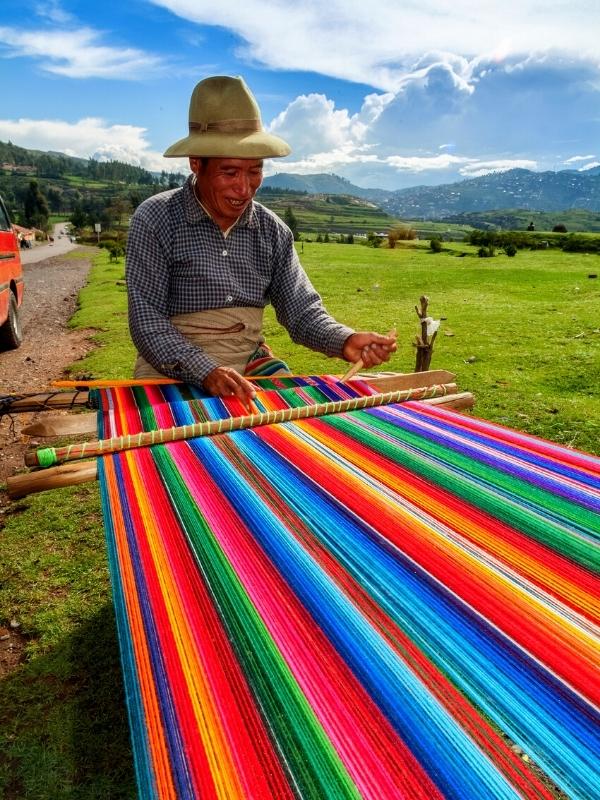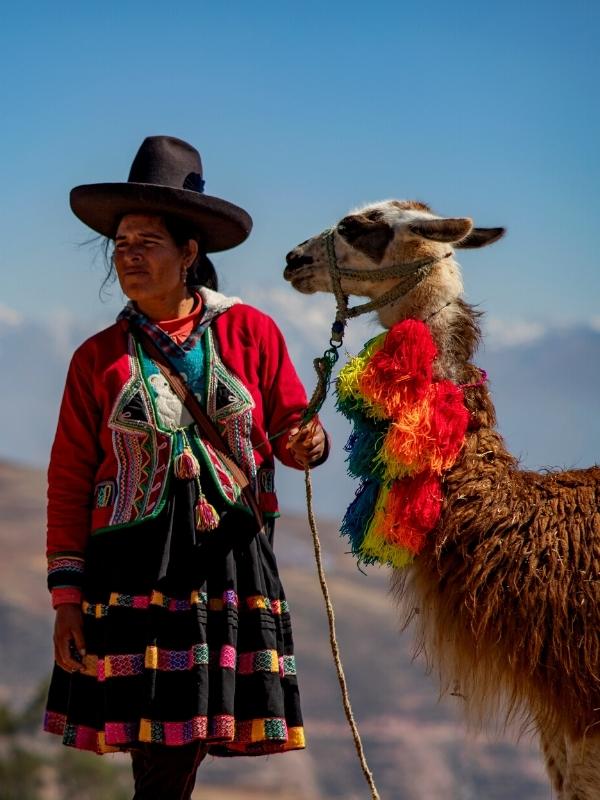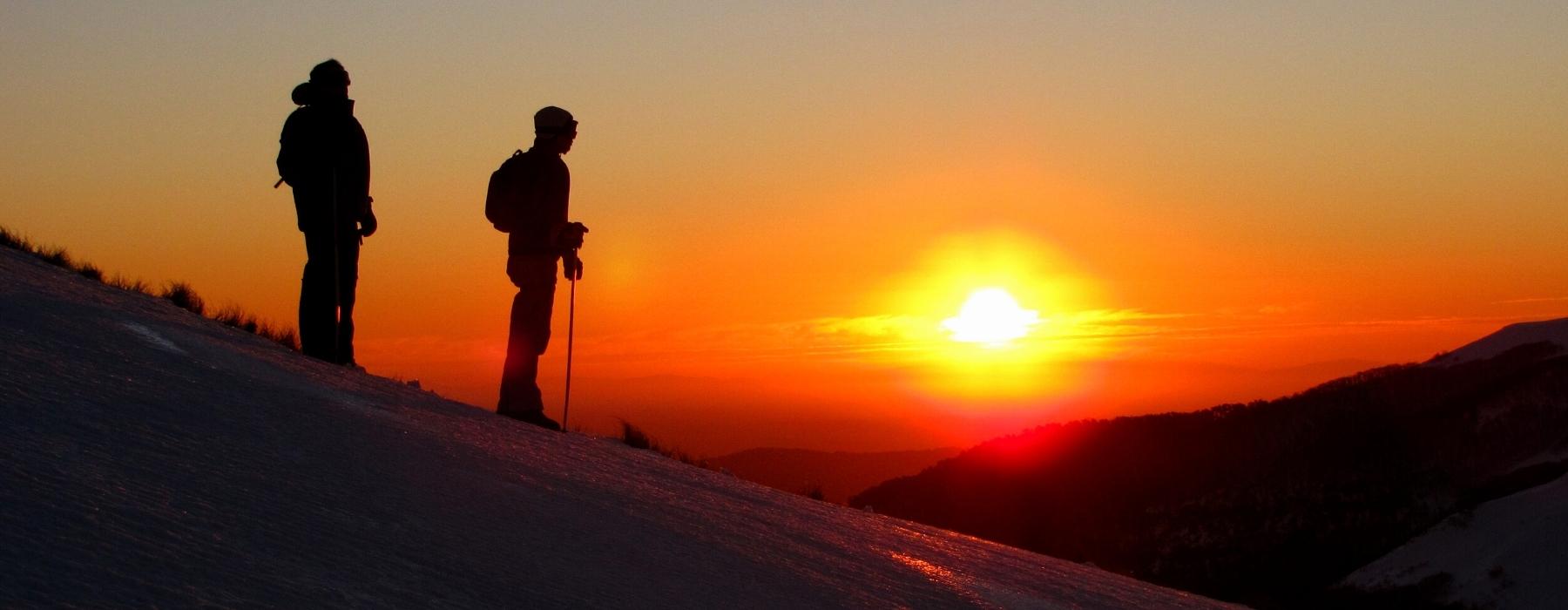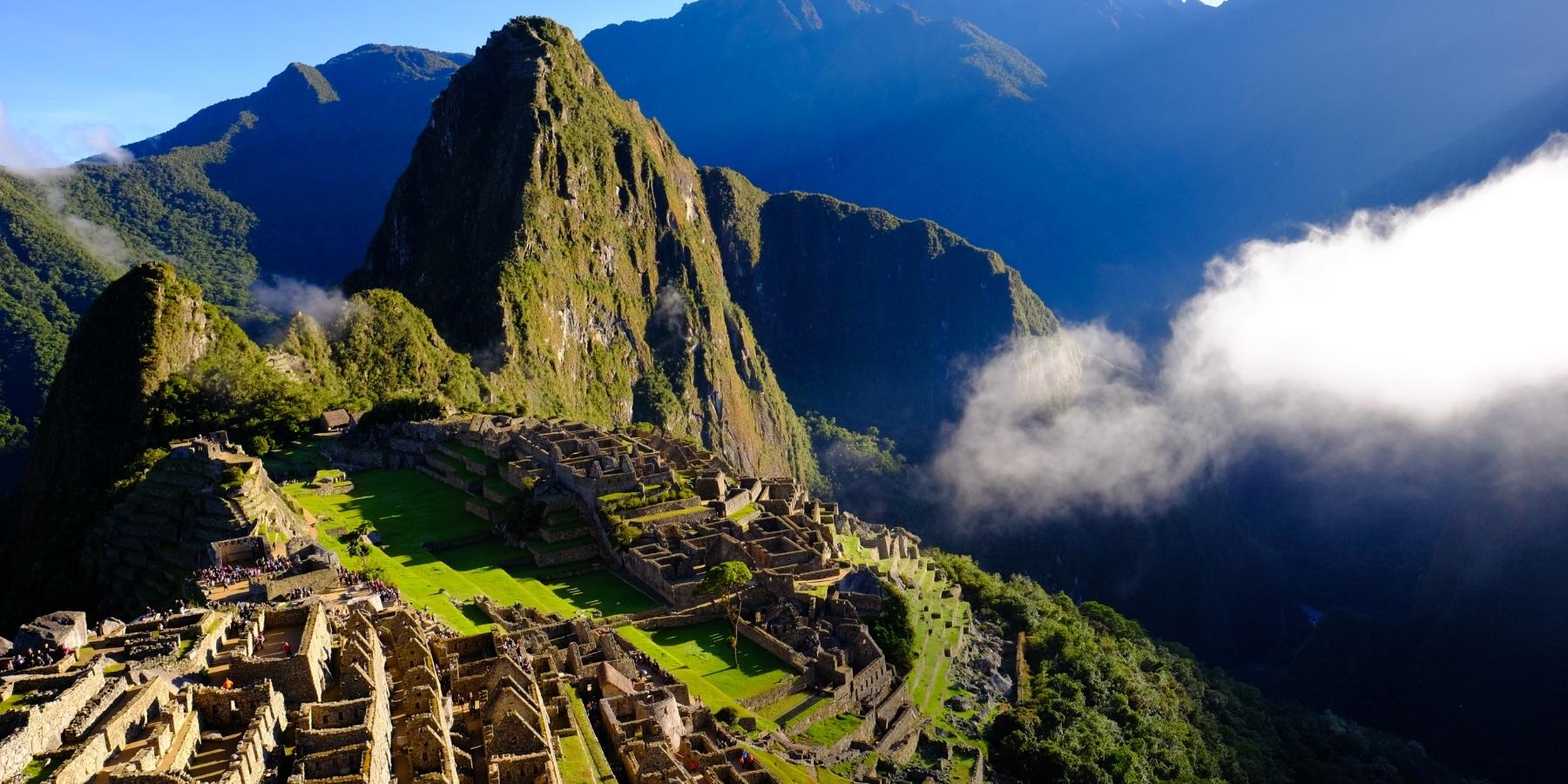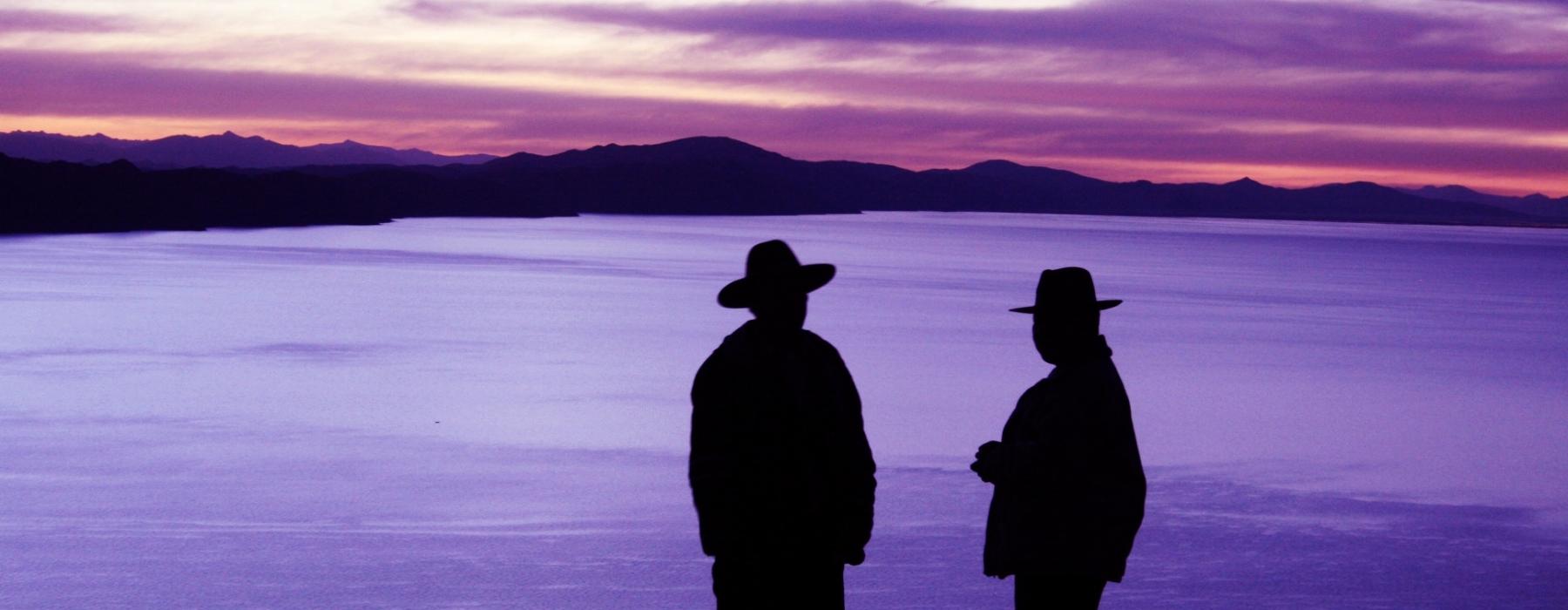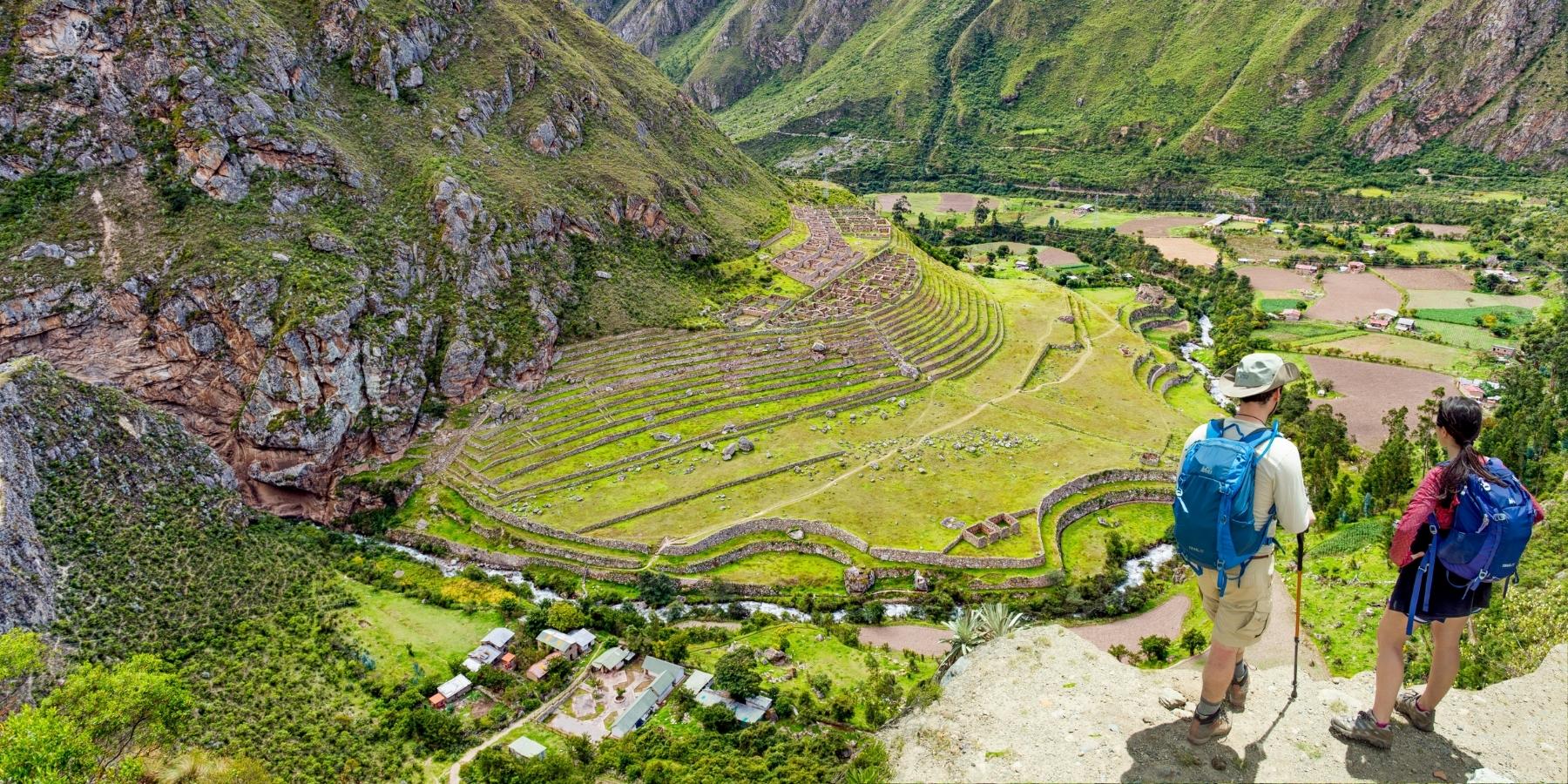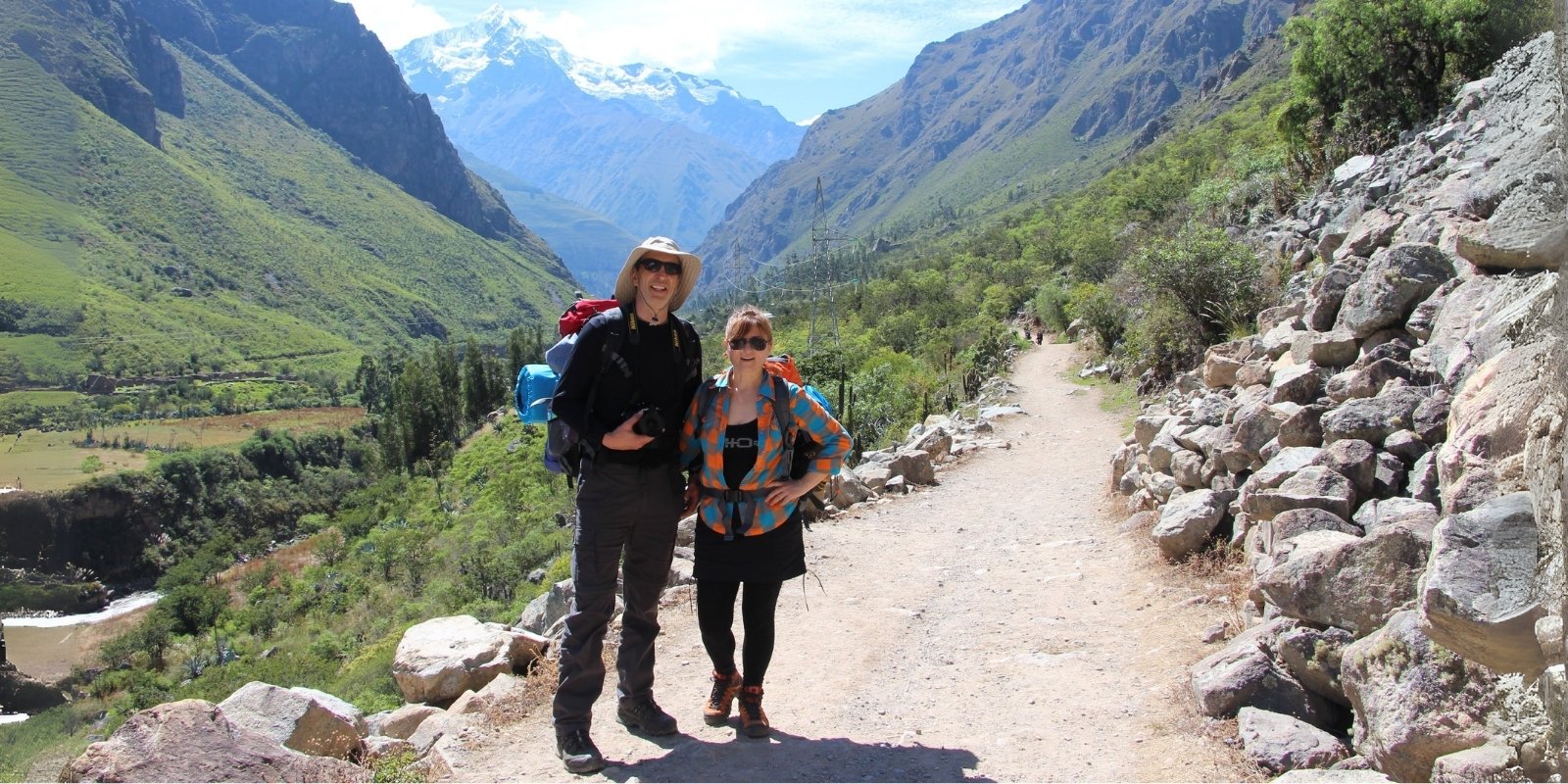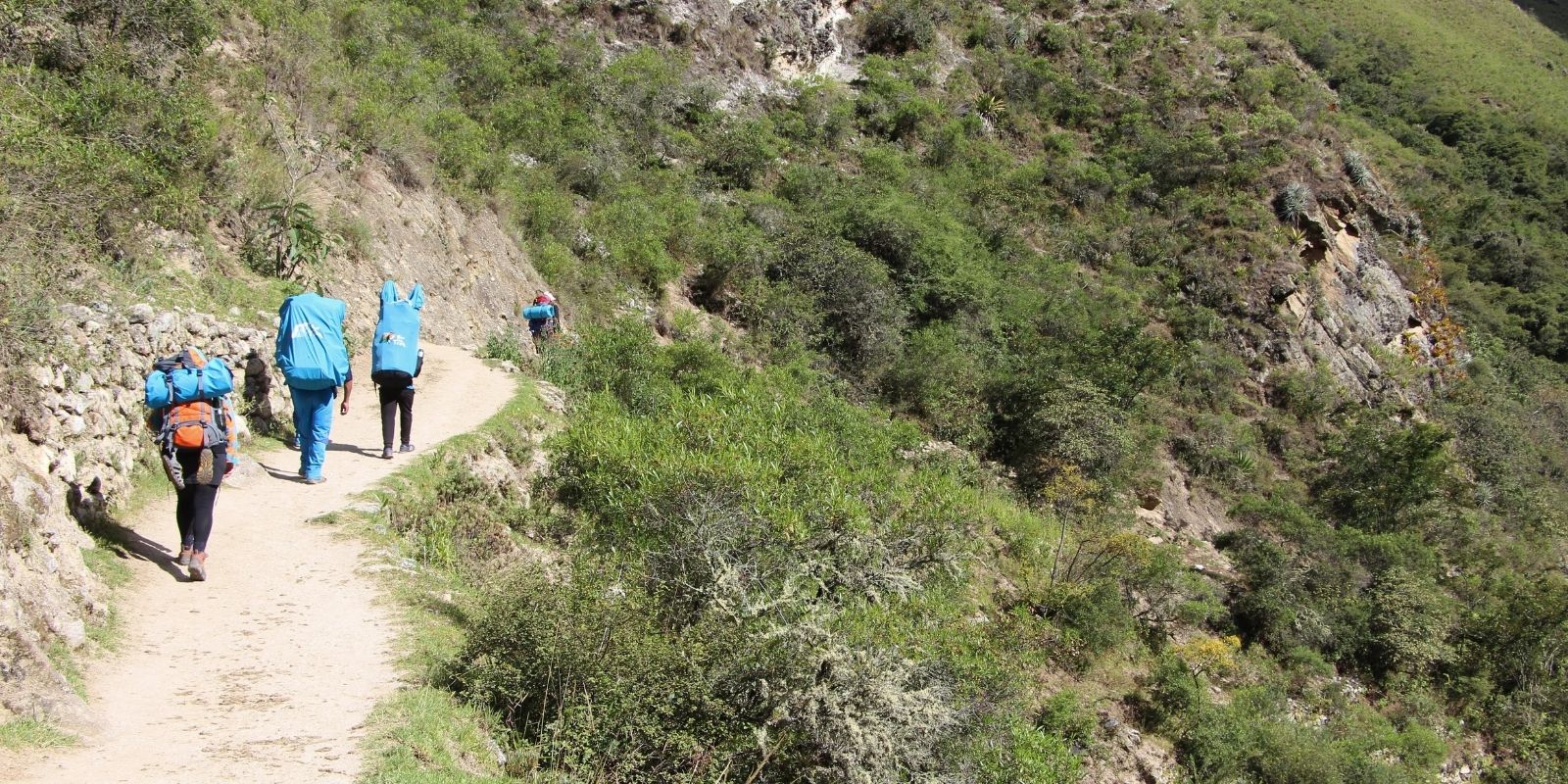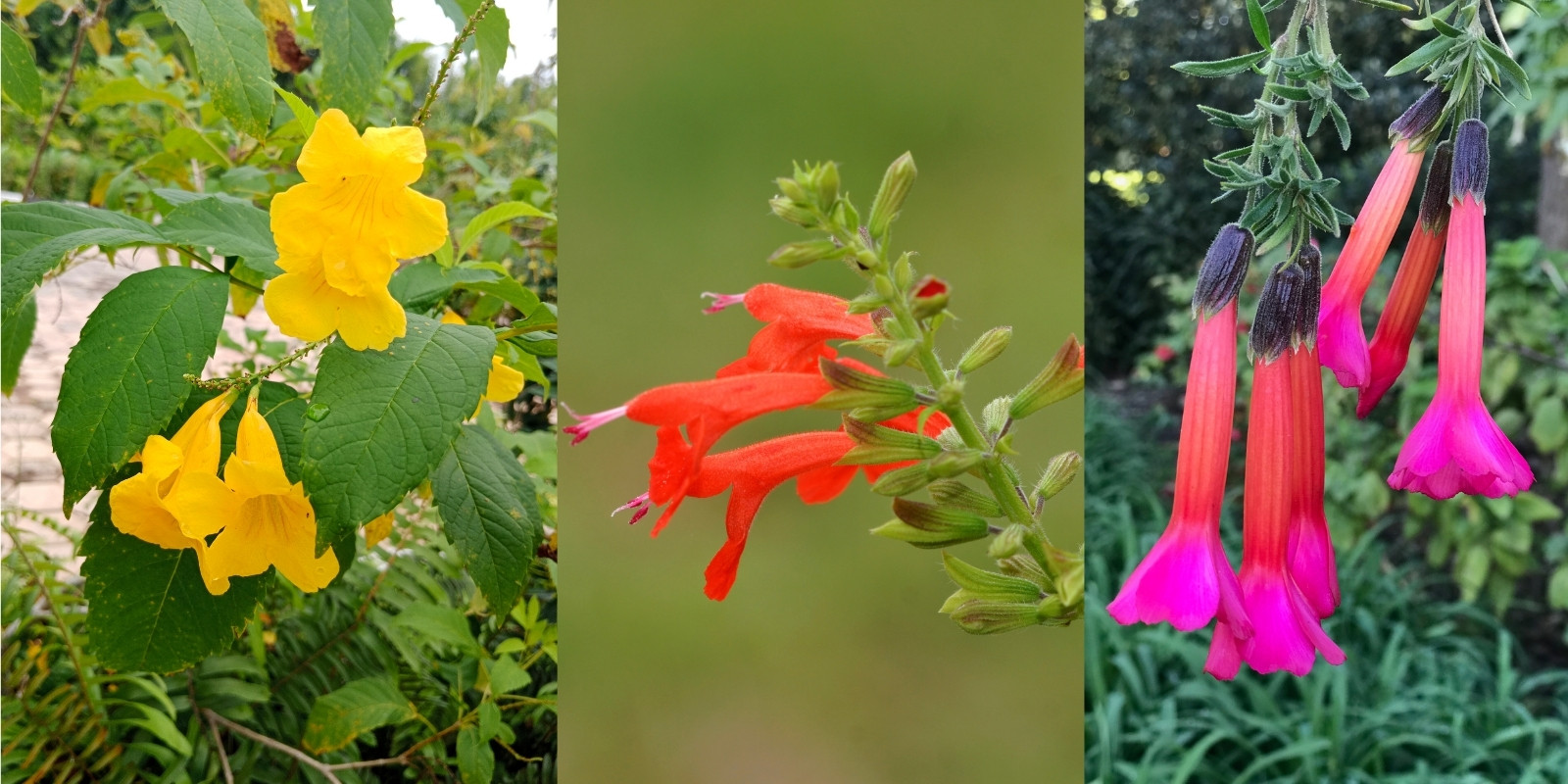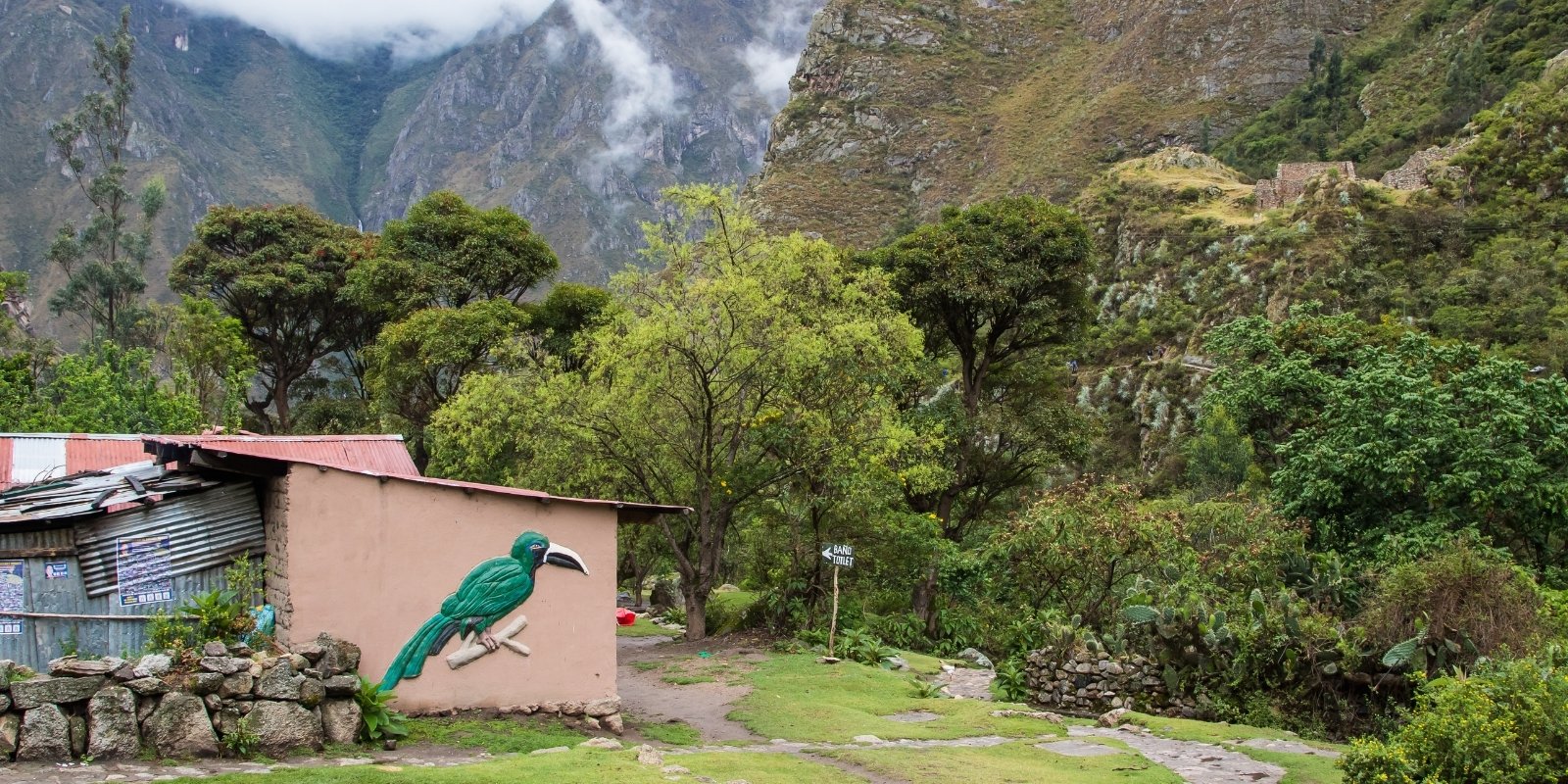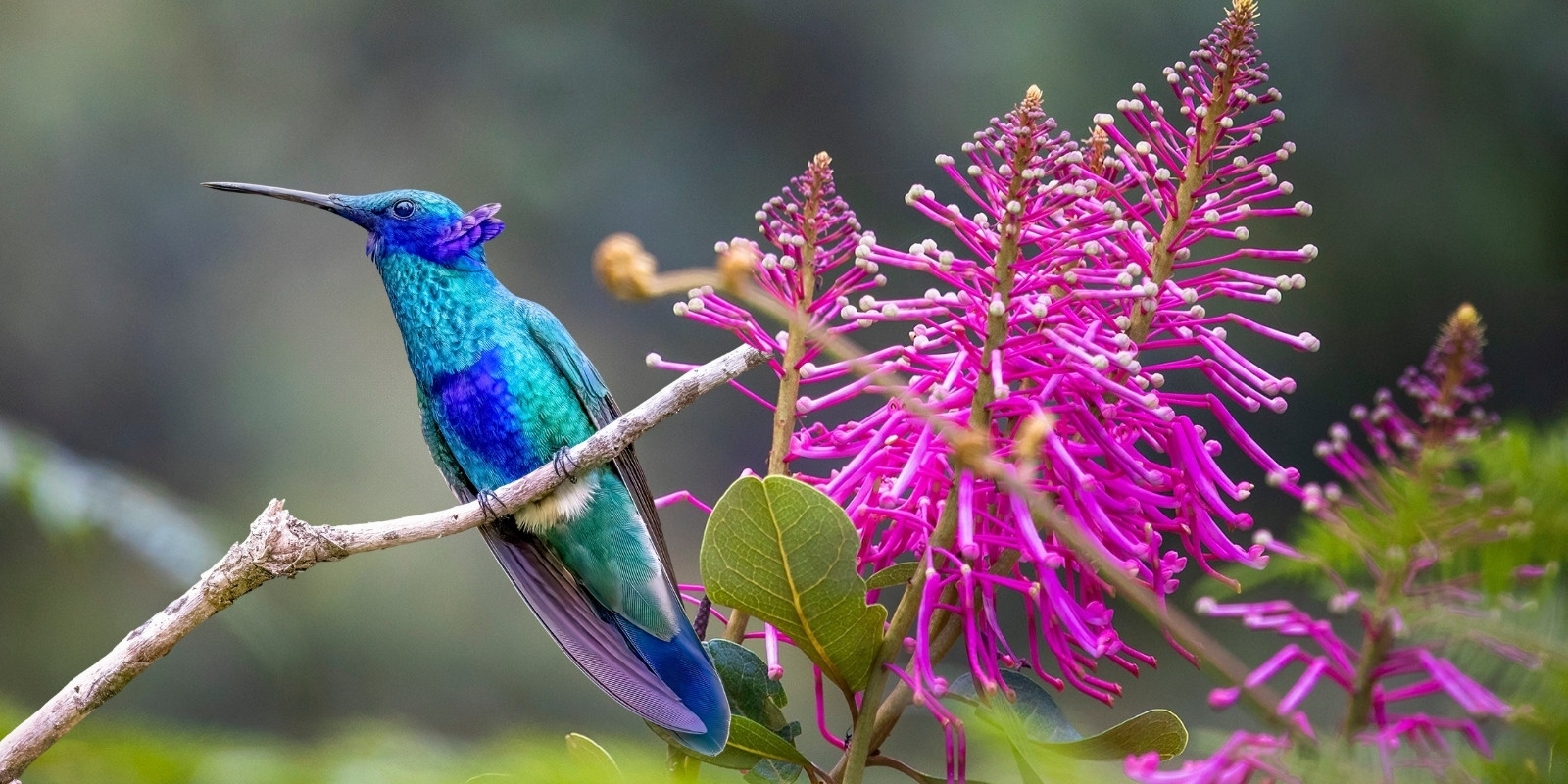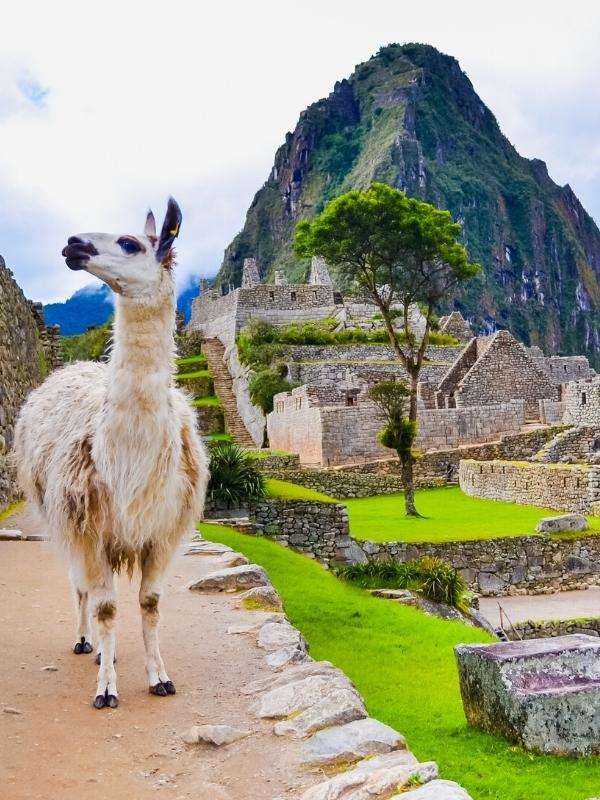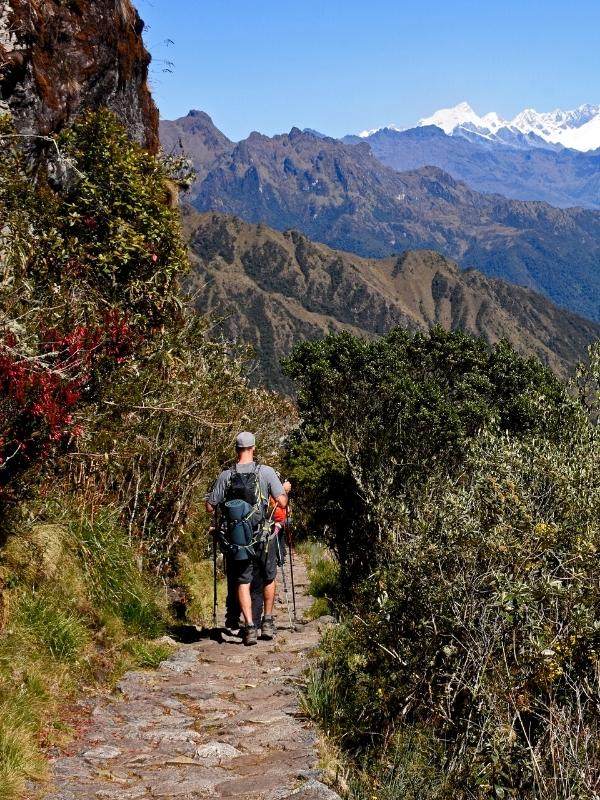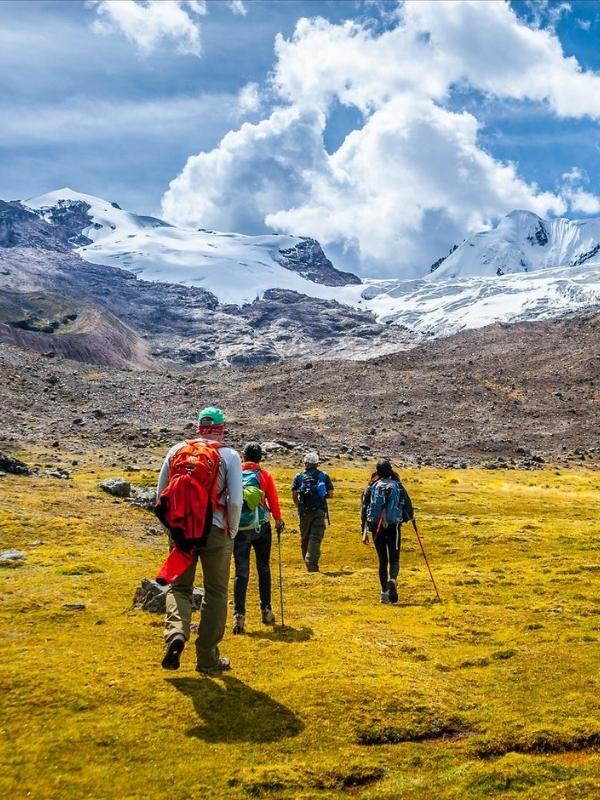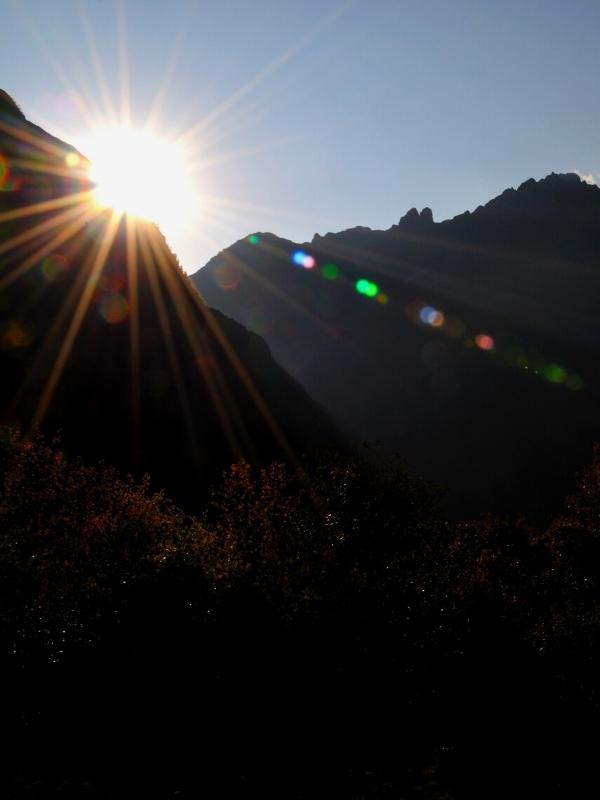The first day will be a 12-kilometer trek between the towns of Piskacucho and Huayallabamba. All hikers arrive early in the morning by bus from Cusco, where they are picked up at 4:00 a.m. After stopping in Ollantaytambo for breakfast, they will arrive at the community of Piskacucho, better known as KM 82, where they will disembark at the bus terminal surrounded by spectacular mountain scenery and the sound of birds.
Here, the guide will introduce you to your porters and the entire team, who will be responsible for assisting you on the four-day expedition along the Inca Trail to Machu Picchu. The trek begins at 2,700 meters above sea level. Tourists should pack all their luggage in duffel bags and carry only the essentials in their medium-sized backpacks, such as water, cookies, fruit, a jacket, etc. Once everyone is ready, the guide will head to the checkpoint where park rangers check each visitor’s passport and Inca Trail permit.
Then, you will descend to the bridge over the Vilcanota River, where the legendary Inca Trail to Machu Picchu officially begins (9:00 am). The first three hours will be spent walking along a flat path that runs alongside the Vilcanota River, surrounded by trees and bushes. From time to time, the guide will pause to explain the geography, flora, and fauna of the valley floor. You will also be able to visit the homes of local residents, most of whom still speak the Quechua language inherited from the Incas.
Around noon, you will arrive at the first archaeological site, called Patallaqta. Here, tourists will take a long break to take photos and learn about the history of these archaeological remains. Then, very close by, is the Tarayoc site, where you will stop for lunch. The Inca Trail cooks are, in fact, some of the best in Peru, highly skilled in preparing typical Peruvian dishes. Continuing with the last part of the day, we ascend to the community of Huayllabamba, where we spend the first night in tents. The altitude here is 3,540 m (11,540 ft). At night, it’s a bit chilly; in June, the winter season, temperatures can reach -5 °C (-4 °F).
